Propensity Targeting
Using subscription propensity for user targeting
Many subscription websites rely on a single measure — article views — to decide when to ask users to pay. That's a blunt instrument that blocks users who are unlikely to subscribe. And at the same time, some users who probably would pay are allowed to keep reading. A better tactic is to use machine learning that tunes to your website and audience, and predicts who's going to subscribe and who won't.
Targeting Tactics
Test LTc tactics with low incremental cost first
Piano’s likelihood to cancel (LTc) algorithm sorts visitors into high- and low-cancellation risk buckets. Since some tactics can negatively impact revenue, it's worth starting with an approach that has no or low incremental cost (i.e. if cancellation is highest in the first month, consider a subscriber premium (a physical good, event ticket, competition for prizes, or similar) that provides more reason to get through the first renewal).
Churn Targeting
Notify churned users that their subscription is no longer active
When targeting your "churned users" segment, you'll want to start by touting your normal paid offering rather than a discount. You many eventually need to provide a discount to get additional churned users to re-subscribe, but a simple message telling the churned user that their subscription has expired that directs them to the standard offerings can have high conversion rates.
Auto-renew Targeting
Target subscribers with auto-renew disabled
Once auto-renew is disabled only a small fraction of visitors will re-enable it without a reminder, so remind them. One way to retain them is offering a free upgrade to premium tier products (assuming there is no incremental cost).
Post-Trial Targeting
Use LTc targeting to retain users post-trial
Piano's likelihood to cancel (LTc) algorithm sorts visitors into high- and low-cancellation risk buckets. Trial period users have higher churn risk overall, with free trial users more likely to churn than paid trial. Reduce that risk by using onboarding campaigns aggressively during that trial period, to make sure users know their subscription benefits, and get engaged and using the site and those benefits.
To learn more about Journey Orchestration, click here to contact us
 Let's talk
Let's talk
